Name Walker Hancock | ||
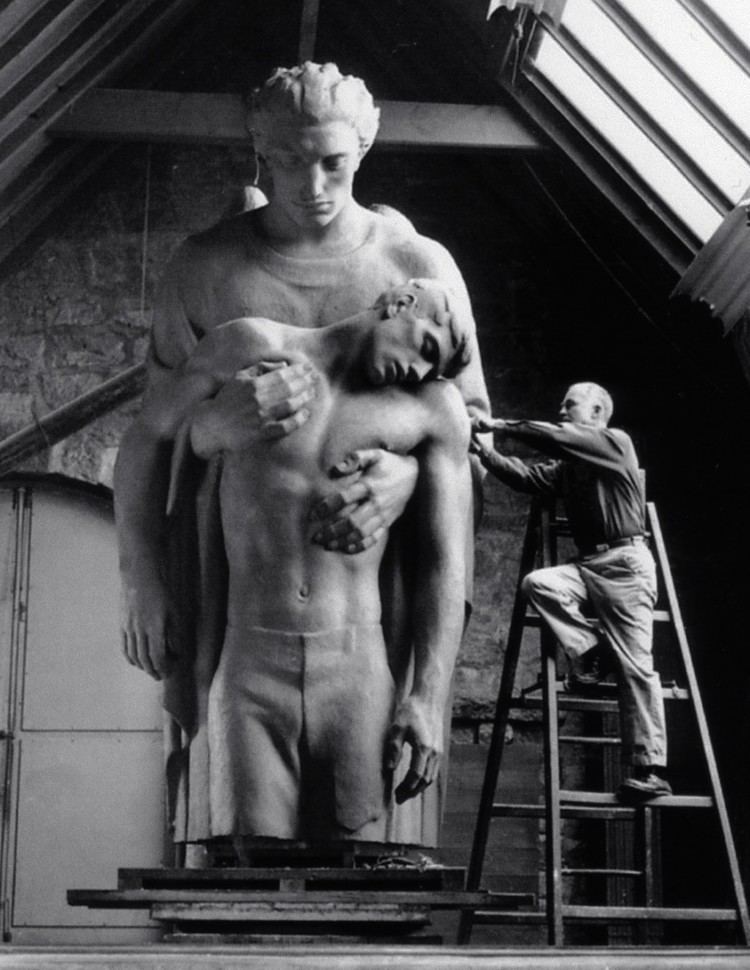 | ||
Education Pennsylvania Academy of the Fine Arts, Washington University in St. Louis | ||
Stars of tomorrow walker hancock
Walker Kirtland Hancock (June 28, 1901, St. Louis, Missouri – December 30, 1998, Gloucester, Massachusetts) was an American sculptor and teacher. He created notable monumental sculptures, including the Pennsylvania Railroad World War II Memorial (1950–52) at 30th Street Station in Philadelphia, Pennsylvania, and the World War I Soldiers' Memorial (1936-38) in St. Louis, Missouri. He made major additions to the National Cathedral in Washington, D.C., including Christ in Majesty (1972), the bas relief over the High Altar. Works by him are at the United States Military Academy (West Point), the Library of Congress, the United States Supreme Court Building, and the United States Capitol. During World War II, he was one of the Monuments Men, who recovered art treasures looted by the Nazis.
Contents
- Stars of tomorrow walker hancock
- Walker hancock of claiborne farm discusses the preakness
- Education and early career
- World War II
- Monuments Men
- Zuni Bird Charmer
- Pennsylvania Railroad World War II Memorial
- Stone Mountain
- Other works
- List of works
- United States Military Academy West Point
- Washington National Cathedral
- Library of Congress
- United States Supreme Court Building
- United States Capitol
- Honors
- Legacy
- References
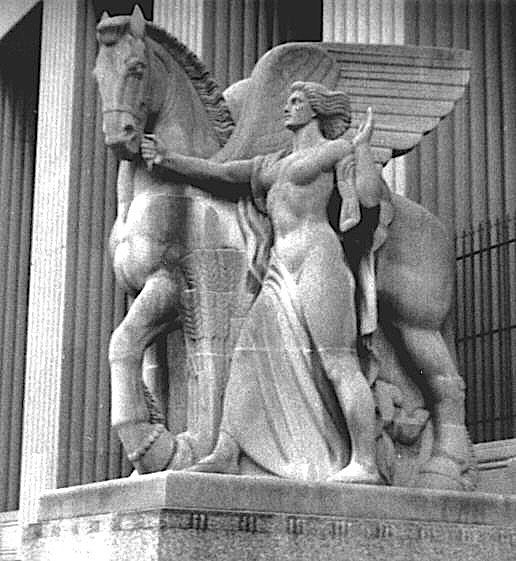
Hancock was awarded the National Medal of Arts in 1989, and the Presidential Medal of Freedom in 1990.
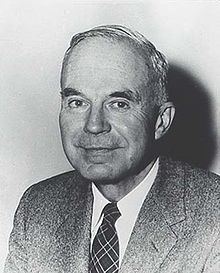
Walker hancock of claiborne farm discusses the preakness
Education and early career
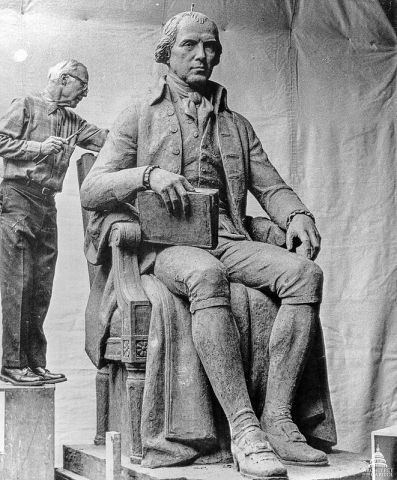
The son of Walter Scott Hancock, a lawyer, and wife Anna Spencer, he was born in St. Louis, Missouri. He graduated from Central VPA High School in 1917, and studied for a year at the School of Fine Arts at Washington University under Victor Holm. He then transferred to the Pennsylvania Academy of Fine Arts in Philadelphia, Pennsylvania to study under Charles Grafly.
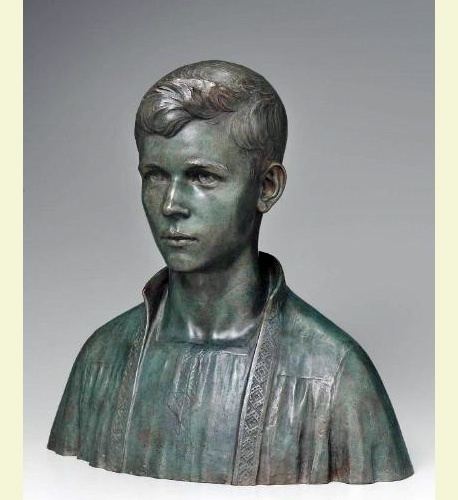
As a student at PAFA, he won the 1921 Edmund Stewardson Prize, and the 1922 and 1923 Cresson Traveling Scholarships, enabling him to travel through Europe. His Bust of Toivo (1925, St. Louis Art Museum) was awarded PAFA's 1925 George D. Widener Memorial Gold Medal.
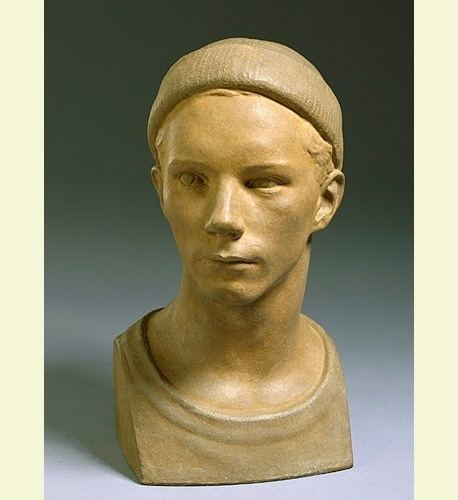
He won the 1925 Rome Prize, and studied for the next 3 years at the American Academy in Rome.
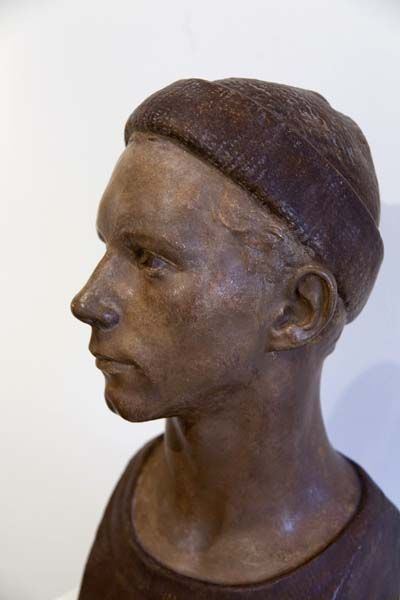
An automobile accident left Grafly gravely injured. On his deathbed, he asked Hancock to succeed him as PAFA's Instructor of Sculpture. Hancock held that position from 1929 to 1967, with interruptions for his war service and two years as sculptor-in-residence at the American Academy in Rome (1956–57).
World War II
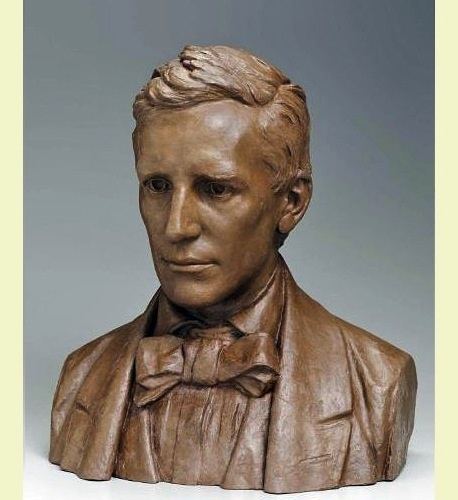
Hancock served in the U.S. Army during World War II, and became one of the "Monuments Men", recovering art looted by the Nazis.
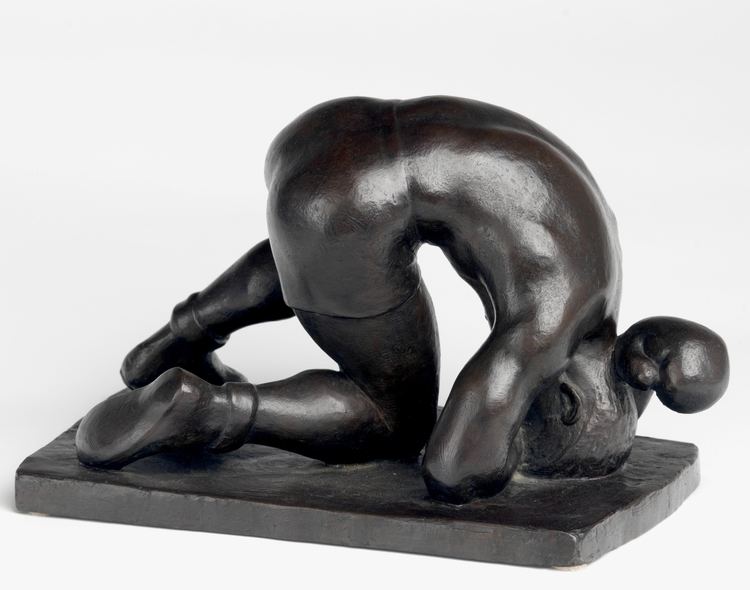
Because he spoke fluent Italian, Hancock was recruited into Army intelligence, where he wrote a handbook for soldiers serving in Italy. He won the national competition to design the Air Medal (1942), established by President Franklin D. Roosevelt, to honor "any person who, while serving in any capacity in the Army, Navy, Marine Corps or Coast Guard of the United States subsequent to September 8, 1939, distinguishes, or has distinguished, himself by meritorious achievement while participating in an aerial flight."
On December 4, 1943, three weeks before being shipped overseas, he married Saima Natti (1905–1984) in a chapel at the National Cathedral in Washington, D.C. Later, he would make major additions to the cathedral, including the altarpiece for the Good Shepherd Chapel (1957); half-life-size statues of Ulrich Zwingli (1965) and Martin Luther (1967); the bas relief over the High Altar, Christ in Majesty (1972); and a life-size statue of Abraham Lincoln (1984).
Monuments Men
Hancock was posted in London in early 1944, where he researched and wrote reports on monuments and art works in occupied France.
"He was one of 10 officers sent to the continent after D-Day to implement the Allied Expeditionary Force’s policy to avoid, whatever military exigency would permit, damage to structures, documents or other items of historical or artistic importance and to prevent further deterioration of those already damaged. With personnel and equipment for this seemingly hopeless task in short supply, Captain Hancock had to rely on his ingenuity, resourcefulness, and extensive knowledge of European cultural history to rescue countless treasures from dampness, fire, weather and the depredations of looters and troops requiring billets."
Zuni Bird Charmer
Hancock's first major commission was the Jessie Tennille Maschmeyer Memorial Fountain (1931-32) at the St. Louis Zoo. A drinking fountain featuring a pedestal flanked by twin basins, the severe Art Deco-Pueblo architecture of its pink granite base was Hancock's inspiration for its central figure, a Zuni Bird Charmer. His larger-than-life-sized figure of a loin-clothed kneeling man with a bird perched on each wrist, was awarded PAFA's 1932 Fellowship Prize. The fountain is located beside the east entrance to the zoo's Bird House.
Pennsylvania Railroad World War II Memorial
Perhaps his most famous work is the Pennsylvania Railroad World War II Memorial (1950–52), at 30th Street Station in Philadelphia, Pennsylvania. The 39-foot (11.9 m) monument is dedicated to the 1,307 PRR employees who died in the war, the names of whom are inscribed on its tall, black-granite base. Hancock's heroic bronze, Angel of the Resurrection, depicts Michael the Archangel raising up a fallen soldier from the Flames of War. It was his favorite sculpture.
Stone Mountain
In 1964, he took over supervision of the Confederate Memorial at Stone Mountain, Georgia. This had been begun in 1917 by Gutzon Borglum, who abandoned the project in 1925. (Borglum went on to design and carve Mount Rushmore.) No work had been done since 1928. Hancock's chief carver, Roy Faulkner, completed the project in 1972.
Other works
At Trinity Episcopal Church, Topsfield, Massachusetts, he created an extraordinary sculpture group, The Garden of Gethsemane (1965–66). On one side of a forest glade, a kneeling figure of Christ, seen from behind, agonizes about offering himself up for sacrifice, while on the other side his disciples, Peter, James, John, lie asleep. The sculpture group was commissioned as a memorial to Jonathan Daniels, an Episcopal seminarian murdered during the Civil Rights Movement. A duplicate of the 2-part work is at a Trappist monastery in Kentucky. A duplicate of Christ Praying is at the Episcopal Divinity School in Cambridge, Massachusetts.
List of works
United States Military Academy (West Point)
Washington National Cathedral
Library of Congress
United States Supreme Court Building
United States Capitol
Honors
For his military service, Hancock was awarded the American Campaign Medal, the World War II Victory Medal, and the European-African-Middle Eastern Campaign Medal.
He served as a member of the Smithsonian Institution's National Collection of Fine Arts Commission. He was elected an associate member of the National Academy of Design in 1936, and an academician in 1939. He was inducted into the American Academy of Arts and Letters in 1941. For his body of work, he was awarded the Pennsylvania Academy of the Fine Arts's Medal of Honor in 1953, and the National Sculpture Society's Herbert Adams Medal of Honor in 1954.
The U.S. Congress awarded him the National Medal of Arts in 1989. President George H. W. Bush awarded him the Medal of Freedom in 1990.
Legacy
From 1930 onwards, he kept a studio in Gloucester, Massachusetts, to which he ultimately retired. Saima Natti Hancock, his wife of 40 years, died in 1984. The Cape Ann Historical Association mounted a 1989 retrospective exhibition of his works, and published his autobiography, A Sculptor's Fortunes (1997).
He endowed Massachusetts's Walker Hancock Prize, given for excellence in the arts. The National Sculpture Society has an annual prize named for him. His papers are at the Archives of American Art, Smithsonian Institution, and in the Hancock Family Archives in Gloucester, Massachusetts.
Several of his works can be found at Saint Mary's Episcopal Church, Rockport, Massachusetts. He and his wife are buried at Seaside Cemetery, Gloucester, Massachusetts.
In the 2014 film The Monuments Men, the Sgt. Walter Garfield character played by John Goodman is loosely based on Hancock.
